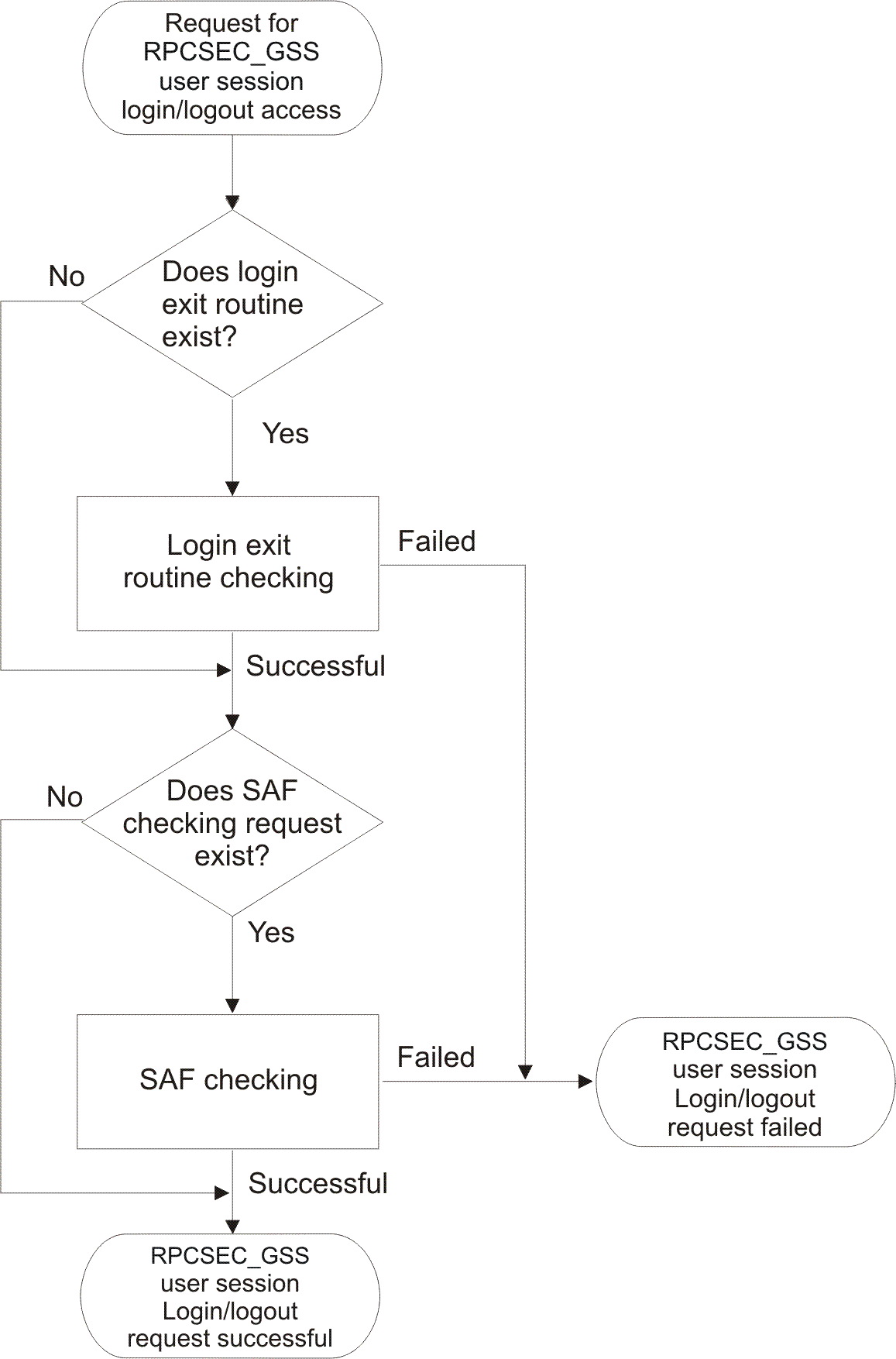 z/OS Network File System Guide and Reference
z/OS Network File System Guide and Reference
 z/OS Network File System Guide and Reference
z/OS Network File System Guide and Reference
|
Previous topic |
Next topic |
Contents |
Contact z/OS |
Library |
PDF
Login installation-wide exit z/OS Network File System Guide and Reference SC23-6883-00 |
|
|
The exit routine can invoke a customized authorization facility. The server mainline code can be set to perform Security Authorization Facility (SAF) checking, by specifying the security attribute in the attributes table. If security(saf) or security(safexp) is specified in the attributes table and the exit routines exist, these exit routines get control first, and then SAF security checking gets control. If the exit routines fail the request, the entire request fails. If the exit routines process the request successfully, then the request is processed by the SAF checking. Similarly, if the SAF checking fails the request, the entire request fails. If neither security(saf) nor security(safexp) is specified in the attributes table and the exit routine exists, this exit routine determines whether the request is successful or fails. Figure 1 shows the logic flow that determines which login checking routines are used. Figure 1. Determining
which login checking routines are used
 The login installation-wide exit has a parameter list which is
passed from the server to the installation-wide exit. The login installation-wide
exit can be invoked for any of the following conditions:



|
 Copyright IBM Corporation 1990, 2014 Copyright IBM Corporation 1990, 2014 |